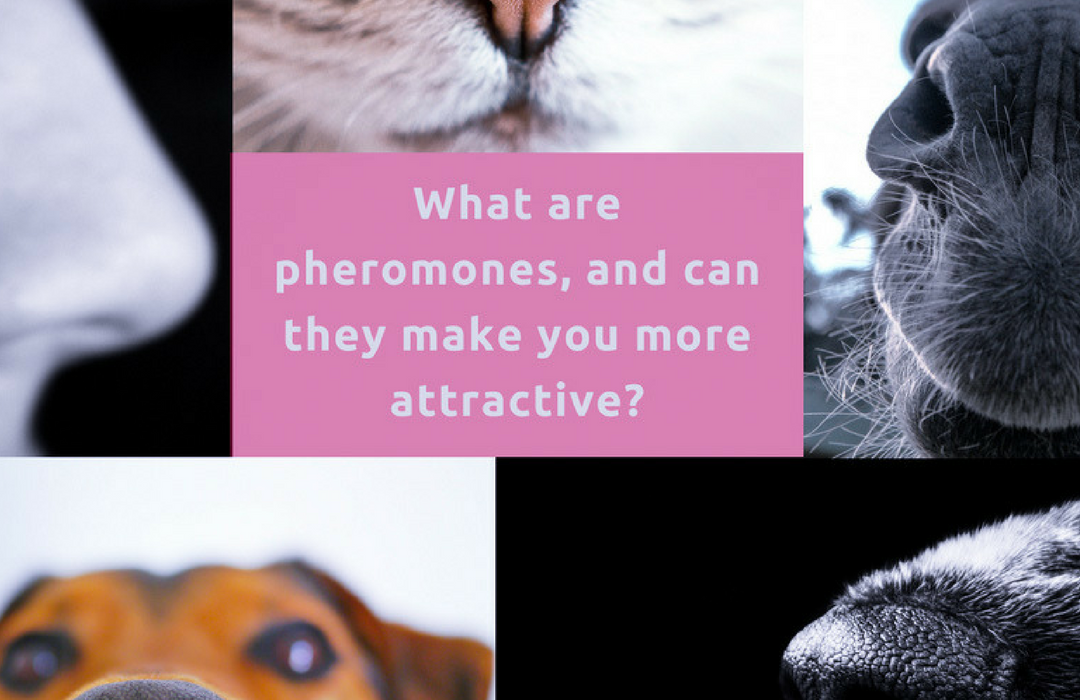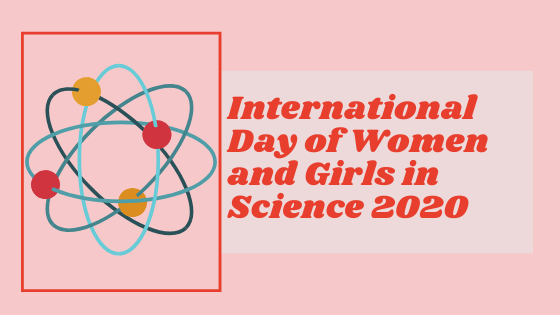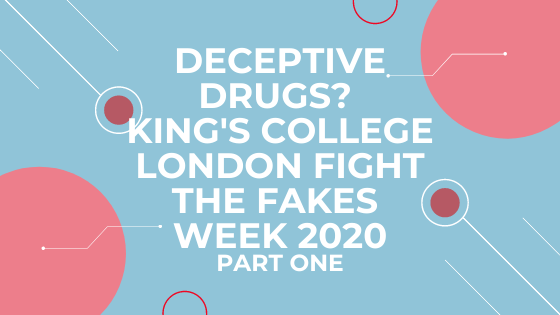Arzo Iqbal
Propagation of genetic material is the ultimate goal of most species on Earth and for this to occur, communication between members of either sex is required. This can occur through a variety of cues such as behaviour rituals, sliding into those DMs, or pheromones; for most animals on Earth pheromonal communication is critical in managing reproduction (if only it were so easy for us).
Pheromones, first defined by Karlson and Luscher in 1959 are chemicals secreted by one individual that elicit a behavioural or physiological response in another individual of the same species. The vital roles pheromones play in modulating reproduction in insects and other invertebrates have been well characterised. However, the term “pheromone” cannot be so easily extended to mammals due to the complex, context-dependent and flexible reproductive behaviours they exhibit.

Pheromones are transmitted in many ways either indirectly as airborne chemicals, via urine, sweat or even directly from individual to individual. In many mammalian species, the vomeronasal organ (VNO) detects these chemical cues. The VNO first discovered by Ludvig Jacobson in the 1810s consists of two tiny dents on either side of the nasal septum near the vomer bone acting as an accessory olfactory sensory system. The VNO plays a key role in the detection of those sexy pheromones and affects reproduction in all sorts of ways.

Studies on the pheromonal signalling systems of mice, Siberian hamsters, prairie voles and sheep have observed involvement in several reproductive processes; when females were exposed to urine or faeces from sexually mature males this resulted in the acceleration of puberty in young females and induction of ovulation in anovulatory females. However, there is also a dark side to this scent business, as pheromones emitted from other females have been found to play a role in the delay of puberty in young females and even in termination of pregnancy. Although many studies on mammalian pheromone signalling systems have observed changes in reproductive physiology in response to chemical signals, it is not yet clear if these are adaptive or innate responses.
The role of pheromones in humans is even less clear than in other mammalian organisms. Although humans possess a similar structure to the VNO it appears to be just one of the many non-functioning vestigial organs our mammalian ancestors have left us with. The most compelling evidence that pheromones exist in humans comes from a 2009 study; during breastfeeding babies exhibit a stereotyped behaviour of opening their mouth, sticking their tongue out and sucking when placed under the areola. It was observed that babies exhibited this suckling behaviour in response to areolar secretions from unrelated mothers.
Interestingly, in the European rabbit (Oryctolagus cuniculus) a pheromone produced by the mammary glands characterised as 2-methybut-2-enal has a critical role in suckling behaviour. If this mammary pheromone could be identified within humans it would certainly fuel more research into finding pheromones that may work in adulthood.
Although pheromones appear to have clear roles in many aspects of reproductive behaviour and physiology within invertebrates, reproduction within mammals is far too complex to be strongly influenced by simple chemical signals. However, these chemicals do appear to be present in mammals and oftentimes play subtle roles in the regulation of reproduction. Furthermore, many mammalian pheromones have complex chemical compositions which do not fit the classic definition of a pheromone. Thus it may be necessary to update the definition to distinguish between simple and complex pheromones and pheromones which elicit innate behavioural processes and pheromones that bias learnt behavioural choices.
So, can pheromones make us more attractive? Well, no… but showering will certainly help.
Here is a list of the studies mentioned and some other interesting articles on the subject.
- Bruce HM. 1969. Pheromones and behaviour in mice. Acta. Neurol. Psychiatr. Belg. 69, 529–538.
- Carter CS, Getz LL, Gavish L, McDermott JL, Arnold P. 1980. Male-related pheromones and the activation of female reproduction in the prairie vole (Microtus ochrogaster). Biol. Reprod. 23, 1038–1045.
- Knight TW, Lindsay DR, Oldham CM. 1975. Proceedings: the influence of rams on the fertility of the ewe. J. Reprod. Fertil. 43, 377–378.
- Massey A, Vandenbergh JG. 1981. Puberty acceleration by a urinary cue from male mice in feral populations. Biol. Reprod. 24, 523–527.
- Reasner DS, Johnston RE. 1988. Acceleration of reproductive development in female Djungarian hamsters by adult males. Physiol Behav. 43, 57–64.
- Schall B, Coureaud G, Langiois D, Glnies C, Semon E, Perrier G. 2003. Chemical and behavioral characterization of the rabbit mammary pheromone. Nature. 424, 68-72.
- Vandenbergh JG. 1969. Male odor accelerates female sexual maturation in mice. Endocrinol. 84, 658–660.
- Wyatt TD. 2009. Fifty years of pheromones. Nature. 457, 262–263.





Blog update – In The Mind Library
[…] What are pheromones and can they make you more attractive? […]